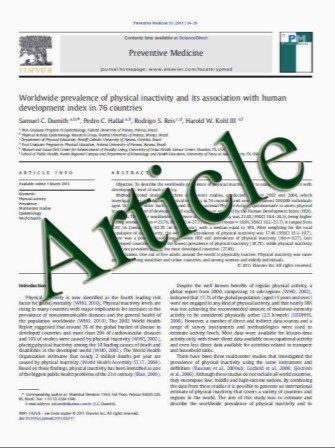Candida albicans and Pseudomonas aeruginosa adhesion on soft contact lenses
- نوع فایل : کتاب
- زبان : انگلیسی
- مؤلف : Fatma Kaynak Onurdað & Semiha Özkan & Selda Özgen & Hülya Olmuþ & Ufuk Abbasoðlu
- چاپ و سال / کشور: 2010
Description
Background In this study it was aimed to determine the adherence of Pseudomonas and Candida to contact lens surfaces, and to determine the difference in adherence between five contact lens types. Biofilm-negative control strains were also used to emphasize the difference between biofilm-positive and biofilm-negative strains in adherence. Methods Five different soft contact lenses were used to investigate the adherence of Pseudomonas aeruginosa and Candida albicans strains. P. aeruginosa ATCC 27853, P. aeruginosa ATCC 10145, C.albicans ATCC 10231 standard strains and C. albicans clinical isolate were included in the study. Slime formation was investigated by two methods; modified Christensen macrotube method, and a modified microtiter plate test. P. aeruginosa and C. albicans slime formation on soft contact lenses was studied in adherence and separation phases. Pseudomonas and Candida suspensions were serially diluted and inoculated to blood agar and sabouraud dextrose agar surfaces respectively. After overnight incubation, the colonies were counted. Sterile unworn contact lenses were used as negative controls, and bacterial and fungal culture suspensions were used as positive controls. The experiments were conducted in three parallel series. Results The number of adherent Pseudomonas was as follows from high to low in polymacon, etafilcon A, hilafilcon, ocufilcon and lotrafilcon contact lenses respectively. However, the number of adherent yeast were determined higher in lotrafilcon and ocufilcon contact lenses, followed by hilafilcon, etafilcon A and polymacon contact lenses. Biofilm-negative Pseudomonas ATCC standard strain and Candida clinical isolate were used to confirm that the number of adherent cells were lower than the biofilm-positive ones. Conclusions This study demonstrates that in addition to the contact lens properties, the microorganisms themselves and their interactions with the lens material also play an important role in adherence.
Graefes Arch Clin Exp Ophthalmol (2011) 249:559–564 DOI 10.1007/s00417-010-1595-3 Received: 4 June 2010 / Revised: 12 November 2010 / Accepted: 2 December 2010 / Published online: 18 December 2010


